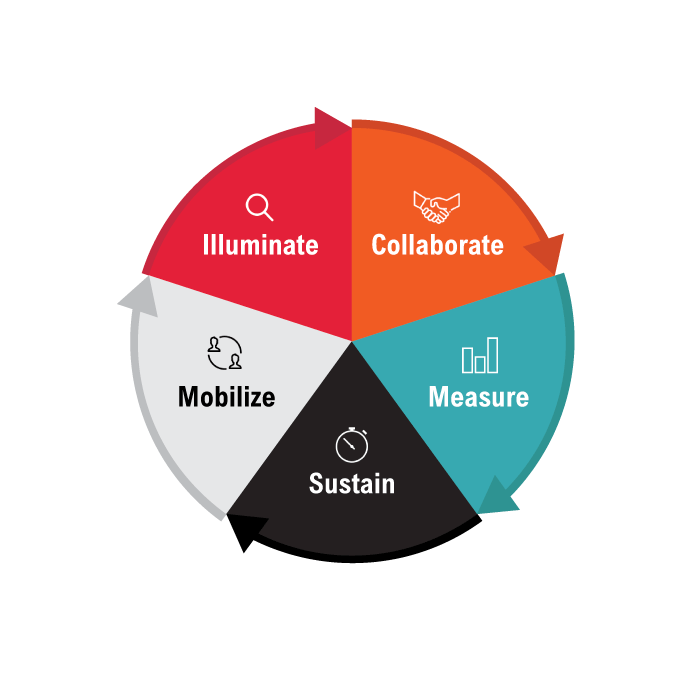Across the global health landscape, advocacy remains a driving force for systemic transformation. When guided by community leadership and grounded in health equity, it can shape how policies are made, how care is delivered, and whose voices define the future of health.
At its core, advocacy operates as a theory of change: it seeks to influence decision-makers, shift public narratives, and mobilize resources to address systemic barriers. It connects community-identified needs to institutional levers of power, whether through policy reform, funding reallocation, or programmatic innovation. By raising awareness, building coalitions, and applying pressure at key decision points, advocacy acts as a catalyst that aligns political will, financial investment, and health system design toward more equitable outcomes.
Advocacy has driven system-wide change across a range of health issues. In oncology, for example, survivor-led campaigns have helped integrate patient navigation and psychosocial support into cancer care. In rare diseases, coalitions of patient advocates have pushed for regulatory frameworks like the Orphan Drug Act, expanding treatment development for historically overlooked conditions. Mental health advocates have worked to reframe mental well-being as integral to universal health coverage, pushing for decriminalization and expanded access to care.
One of the most compelling examples of this is the HIV movement. Since the onset of the epidemic in 1981, people living with HIV and allied organizations have led one of the most enduring and impactful advocacy movements in global health. Over four decades, sustained community engagement has driven significant progress in financing, treatment access, health system integration, and policy reform. These efforts have shaped global donor agendas, influenced national HIV strategies, and improved service delivery across diverse settings.
Whether in HIV, oncology, mental health, or rare diseases, a consistent truth emerges: advocacy achieves greater and more lasting impact when it is intentional, well-resourced, and aligned to a broader theory of change. Yet, this level of infrastructure and influence remains uneven across disease areas. For example, in mental health, chronic underinvestment in advocacy has hindered integration into primary care and delayed policy reform. Similarly, in rare diseases, fragmented voices and limited coordination have constrained visibility in national access plans.
To accelerate progress in these and other areas, health actors must invest in advocacy not just as a communications tool, but as a core strategy—one that is community-informed, impact-driven, and systemically integrated.
Why Strategy Matters
Advocacy achieves greater and more sustainable impact when it is intentional, data-informed, and aligned to a broader theory of change. In contrast, fragmented or ad hoc efforts often result in duplication, missed opportunities, and diluted returns on investment.
A strategy-driven approach ensures alignment between stakeholders and strengthens the overall architecture of engagement. It enables advocacy to be sustained, scalable, and outcome-oriented.
